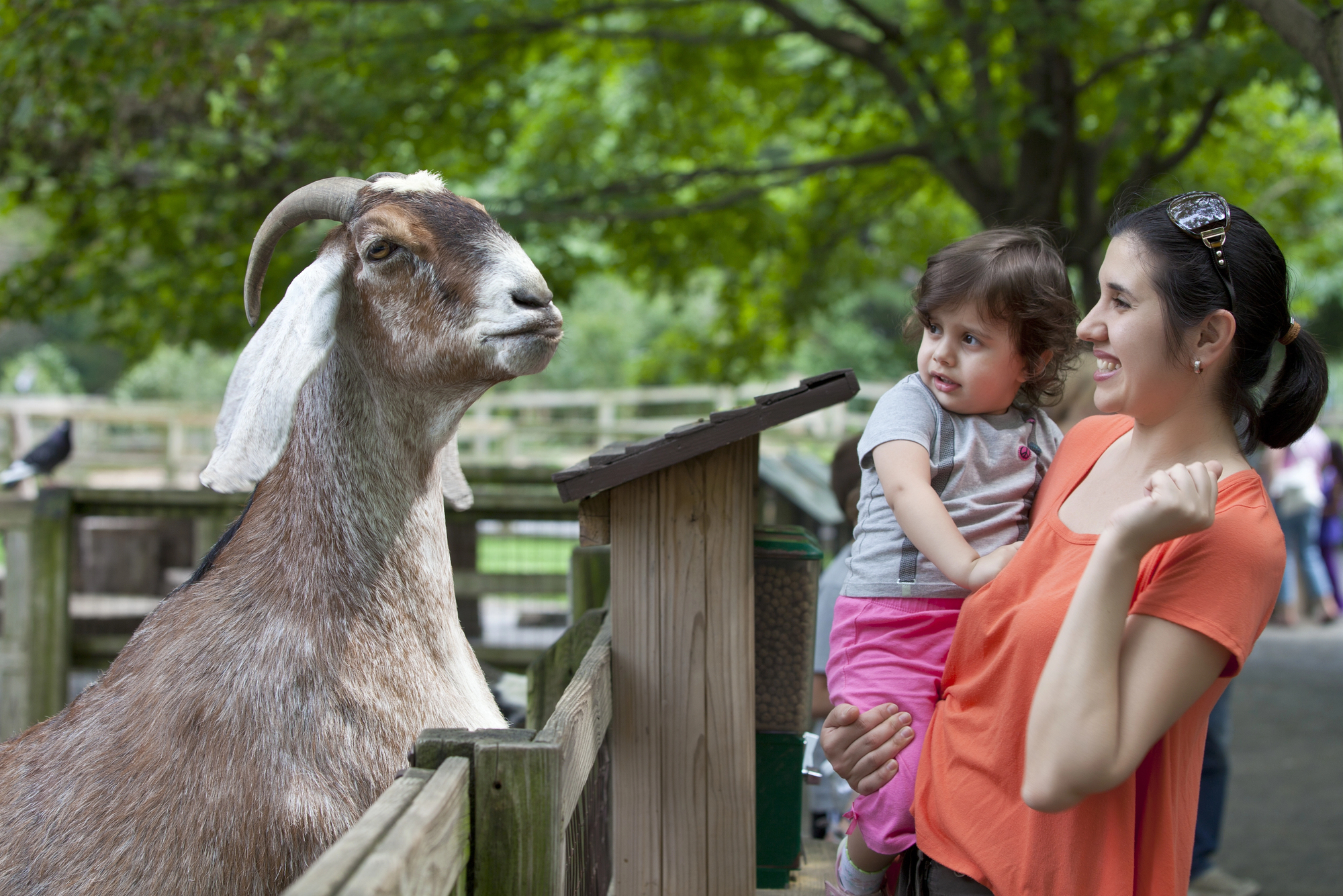
AI Series Part 3: Future-Proofing Visitor Attractions with AI
In the fast-evolving landscape of visitor attractions, staying ahead of the curve is no longer optional—it’s essential. But how can attractions adapt to changing demands, rising competition, and new technological opportunities? Artificial intelligence (AI) offers a way forward, providing actionable insights and innovative tools to help businesses thrive.
This final instalment in our three-part series explores how AI can future-proof visitor attractions. From predictive analytics to dynamic marketing campaigns, let’s dive into how AI can drive strategic growth and create a lasting impact.
If you've not read the others yet, here's Part 1 and Part 2!
Strategic Insights Through AI
AI is a treasure trove of insights for decision-makers. By analysing patterns and trends, it offers clarity in areas where guesswork once ruled. Here’s how attractions can harness its power:
1. Pricing Optimisation
Dynamic pricing algorithms can adjust ticket costs based on real-time factors like demand, seasonality, and visitor demographics. For instance:
- Theme parks can offer discounts during quieter times to encourage attendance.
- Popular exhibits at museums can be bundled with lesser-known ones to balance visitor flow.
2. Competitor Analysis
AI tools can analyse competitors’ websites, social media, and marketing strategies. This provides insights into what’s working for others and where gaps might exist in your own approach.
3. Visitor Sentiment Analysis
By reviewing online reviews, social media comments, and survey data, AI can gauge visitor satisfaction and highlight areas for improvement. Want to know if your new exhibit is a hit? AI can tell you faster than traditional feedback methods.
Innovation for Long-Term Success
Beyond insights, AI empowers attractions to innovate, creating experiences that resonate with visitors and keep them coming back.
1. Real-Time Personalisation
Imagine a theme park app that adjusts ride recommendations based on live wait times and a visitor’s preferences. Or a museum tour app that offers additional information in your preferred language as you explore exhibits. AI makes this level of customisation possible.
2. Dynamic Campaigns
AI allows attractions to launch marketing campaigns that adapt on the fly. For example:
- Adjusting ad spending based on campaign performance in real-time.
- Customising email promotions to target specific demographics or interests.
3. Integrated Tools for Creativity
AI isn’t just about data—it’s also a creative powerhouse. Attractions can use tools like AI-generated video scripts, immersive content, and virtual assistants to enhance storytelling and visitor engagement.
Tips for Ethical AI Adoption
As with any powerful tool, AI must be used responsibly. Here’s how to integrate it thoughtfully:
- Stay Transparent: Let visitors know how AI is being used, particularly if their data is involved.
- Prioritise Security: Ensure compliance with data protection laws and vet the AI tools you adopt.
- Embrace Diversity: AI systems are only as good as the data they’re trained on. Ensure diverse perspectives are considered to avoid bias.
By taking these precautions, attractions can enjoy the benefits of AI without compromising trust or integrity.
The Road Ahead
AI is not just a passing trend—it’s a transformative force shaping the future of visitor attractions. Whether through sharper insights, innovative campaigns, or cutting-edge personalisation, AI offers endless opportunities to connect with audiences and grow sustainably.
This brings us to the end of our three-part series on AI for visitor attractions. If you’ve followed along, you now have a foundation in AI basics, a toolkit for boosting efficiency and personalisation, and an understanding of how AI can future-proof your business.
